A pneumatic conveyor is an excellent alternative to conventional mechanical conveyors with moving parts that are out in the open, because a pneumatic conveyor can contain fine particles and move them more rapidly.
This creates a superior system for powder handling, particularly when you consider that there are no moving parts for the powder to get caught up in along the way.
Most bulk material handling systems use pneumatic conveyors because they are efficient, cost-effective and clean.
Because the system is fully enclosed, it greatly reduces any dust or wasted material during transfer. Without a fully enclosed conveyor, it is very difficult to completely protect the material from any kind of contamination during processing.
VOLKMANN, Inc. open_in_new
Location: Bristol, PA
Volkmann designs and manufactures hygienic, explosion-proof pneumatic vacuum conveying systems to safely transfer powders, pellets, granules, tablets, and other bulk materials from one point in a process to another while safeguarding particle integrity. Proven worldwide in transferring foods, chemicals, pharmaceuticals, and more, the patented, automated conveyors eliminate the potential for ignition even when transferring ignitable, fine particles and combustible dusts.
Dynamic Air Inc. open_in_new
Location: St. Paul, MN
Dynamic Air Inc. custom designs and manufactures a complete line of pneumatic conveying systems for dry bulk granular materials. Our products include dense phase and dilute phase pneumatic conveying systems, mixers, bulk bag unloaders, bin dischargers, feeders, vibratory equipment and more. Our state-of-the-art test facility is available to perform full pneumatic conveying testing. All dry material characteristics are analyzed to determining their exact handling and product performance values.
Whirl-Air-Flow Corporation open_in_new
Location: Princeton, MN
Since 1946, Whirl-Air-Flow has been a leader in design, fabrication and service. Our pneumatic conveyors transport powders and dry granulars to one or more destination points. Our products serve a range of industries and are able to move flowable material. We have our own testing facility and also we provide customers with field support and services. If you would like more information please give us a call today!
IEDCO - Industrial Equipment & Design Company open_in_new
Location: Turnersville, NJ
Founded in 1995, IEDCO specializes in custom-engineered powder handling solutions for the Pharmaceutical, Food, and Fine Chemical industries. From pneumatic conveying systems to comprehensive process designs, we deliver reliable, ergonomic, and innovative technologies. With decades of expertise and a client-focused approach, IEDCO is your single-source solution for tailored systems to enhance productivity, maintain product integrity, and ensure compliance with industry standards.
Akona Process Solutions open_in_new
Location: Monroe, NC
At Akona Process Solutions, we take pride in designing and delivering pneumatic conveying systems that keep bulk material handling safe, efficient, and reliable. We have built our expertise around developing equipment that moves powders, granules, and other bulk solids with precision, minimizing downtime and maximizing productivity for our customers.
Air Systems Design, Inc. open_in_new
Location: Mandeville, LA
When it comes to pneumatic conveying, Air Systems Design has been in business since 1984, a family owned business. Is dedicated to providing only the highest quality dust and baling systems available. Our team works together to ensure that we bring you the most technologically advanced products on the market, as well as that our company stays on the forefront of innovation at all times. To learn more about what we can do for you, get in touch with a representative today via telephone or email!
Components
There are many components involved in the construction and operation of a pneumatic conveyor. It all begins with the air compressor that creates pressurized air in the system. The compressor pulls in air from the surrounding atmosphere and decreases its volume while increasing its pressure at the same time. This results in a vacuum that has enough force to move particles. The system is also equipped with a bin vent filter to filter out dust when the material is entering or exiting the conveyor for storage areas like a silo. The arrangement of the piping or tubing in a pneumatic conveyor system is very important. Because this piping doesn’t need large platforms like a mechanical conveyor, the piping can be designed to avoid obstacles in a plant and create a network that sends material through the whole facility. Customized system designs make it possible to work around existing structures and integrate pneumatic systems into large commercial facilities.Types of Pneumatic Conveyors
Although a pneumatic conveyor is a specific type of conveyor that is notably different from a mechanical conveyor, there are two different sub-types of pneumatic conveying systems that should be distinguished for their various features and benefits. There are dilute phase pneumatic conveyors, and then there are dense phase pneumatic conveyors, and each is optimal in a different setting. Read on for a detailed description of each.Dilute Phase Conveying System
The first type of pneumatic conveyor is a dilute phase pneumatic conveyor. Dilute phase conveying is a high-velocity process that makes use of positive or negative pressure to push/pull materials through a tube. The dilute phase is most often used for fine materials, although it can be used for almost any fragmented material including wood chips, grains, etc. Because it can be used in applications where product degradation and high material velocities are never an issue or concern, dilute phase conveyors are often found in food and chemical processing, pharmaceutical, mining and even dairy. Dilute phase conveying can be done using positive or negative pressure, with each pressure type working best for particular applications. For example, positive-pressure dilute phase conveyors are best suited for conveying materials loaded from a single entry point to one or multiple destinations. Positive-pressure systems can transport materials over a relatively long distance and use a minimum quantity of air to move the material. In the same way, negative-pressure dilute phase conveyors work best when transporting materials loaded from numerous inlet points and discharging them to a single point. Furthermore, there are several dilute phase conveyor system designs. A closed-loop dilute phase conveyor uses an inert gas as the conveying medium to convey the material in a closed-loop system. This type of dilute phase conveying is useful for handling hazardous chemicals. The primary advantage of a dilute phase conveying system is that it suspends particles during motion and transports them at a high velocity to their destination while keeping them contained in a closed loop. This results in efficient and clean bulk material handling, which is highly desirable in many industries that regular handle bulk quantities of material.Video Source: Dwyer Instruments
Dense Phase Conveying System
Dense phase conveying, also referred to as non-suspension flow, is the other method of pneumatic conveying. The main differences between dilute phase and dense phase are pressure, the solids' properties and the rate of conveying speed. More specifically, dense phase conveying deals with the transportation of abrasive, friable or heavy materials such as sands, soils, minerals, food, paper scraps and rocks.Video Source: Nol-Tec Systems
Dense phase conveyors push materials through at a low velocity with a low air-to-material ratio. Often, dense phase conveyors use an air compressor to generate high pressure levels to move materials through the system at an average of 275 feet per minute. Industries that typically benefit from dilute phase conveyors include pharmaceutical, chemical and food processing, foundry, mining, plastics and cement. Since dense phase conveying is great for moving large quantities of materials, it is often used in bulk material handling applications. However, dilute phase conveying may also be used if the materials being conveyed are both lightweight and non-abrasive. A dense phase conveyor is an enclosed tubular conveyor that is operated through air pressure and is typically gravity or vacuum-loaded while discharging materials from the bottom; however, there are several different dense phase conveyor designs. The bottom-discharge design in particular lends itself well to dense phase conveying because the materials being conveyed are so densely concentrated that they will naturally deposit at the bottom. Movement within gravity-loaded dense phase conveyors is typically generated by a blower at the starting end of the conveyor, although vacuum-loaded dense phase conveyors pull products through using a high-powered vacuum located at the conveyor destination. When the material being conveyed is fluidized, it deposits at the bottom much like a deposit of liquid and is dragged, or pushed, along the bottom. In dense phase conveying, there are two different manners of flow: moving-bed flow and plug flow. Moving-bed flow occurs when the material is conveyed along the bottom of the conveyor pipeline, whereas plug flow occurs when the material is conveyed in units, called plugs, which are separated by air gaps rather than one fluid body. A full dense phase conveying system has many mechanical components and pieces of equipment that work in tandem to process bulk material. The system funnels pressurized air into a vessel that is fed by the storage silo. This compressor is regulated by both an air receiver and an air control panel. Since different bulk materials will need different pressures to achieve motion, operators can input the appropriate pressure into the main control panel. The pressure pushes the particles through the tube and into a deceleration zone before dumping them in the receiving bin. This bin also has a controlled environment where the pressure can be regulated externally using an interface with a set of operator-friendly controls. The main advantage of a dense phase conveying system is that it has the ability to transport heavy materials and particles because of the extremely high pressure that it creates. A low velocity system requires less air and is gentler on materials, which in turn reduces wear on the system’s equipment. Many industries who deal with bulk materials on a regular basis employ a dense phase system because it doesn’t do extensive damage to large particles during motion.










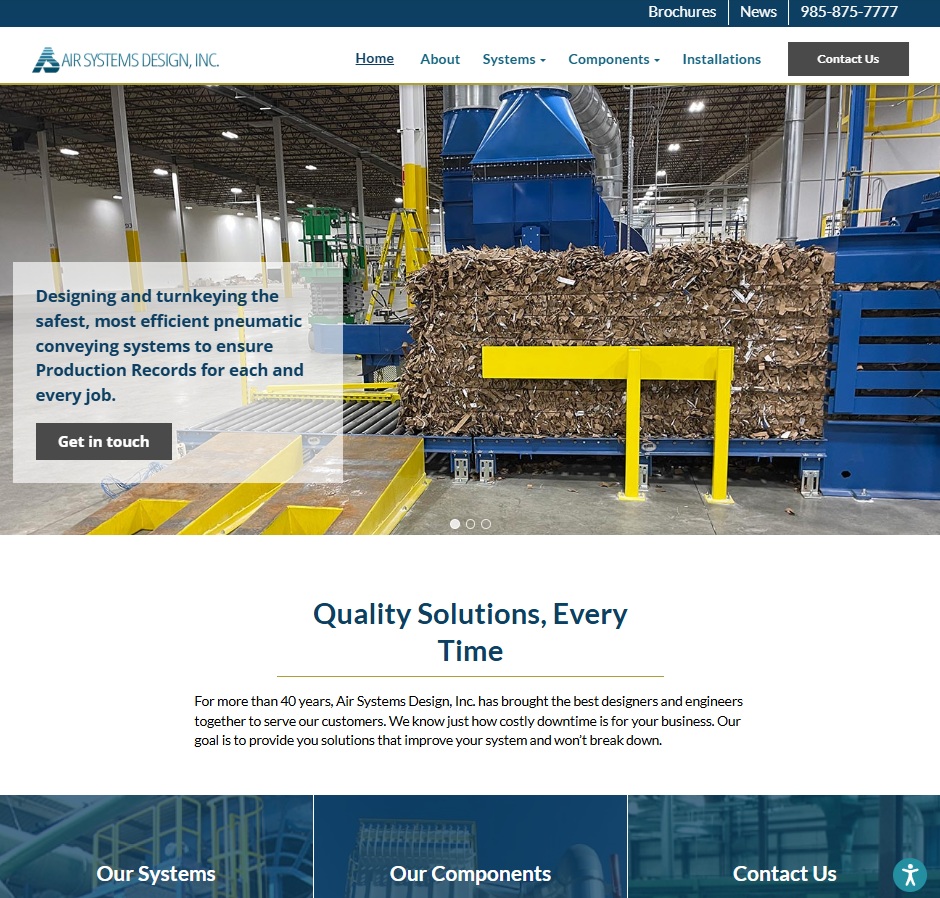


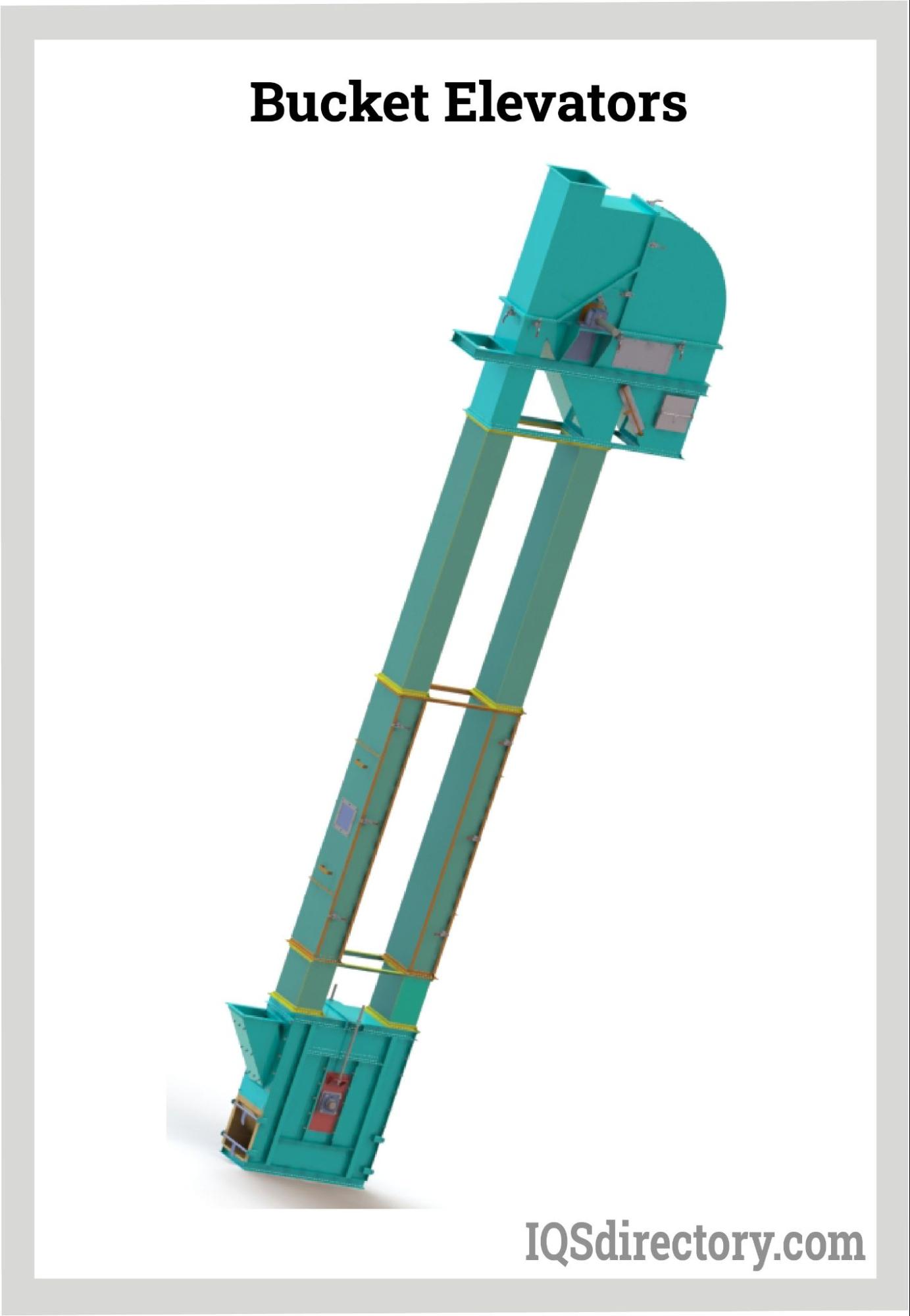
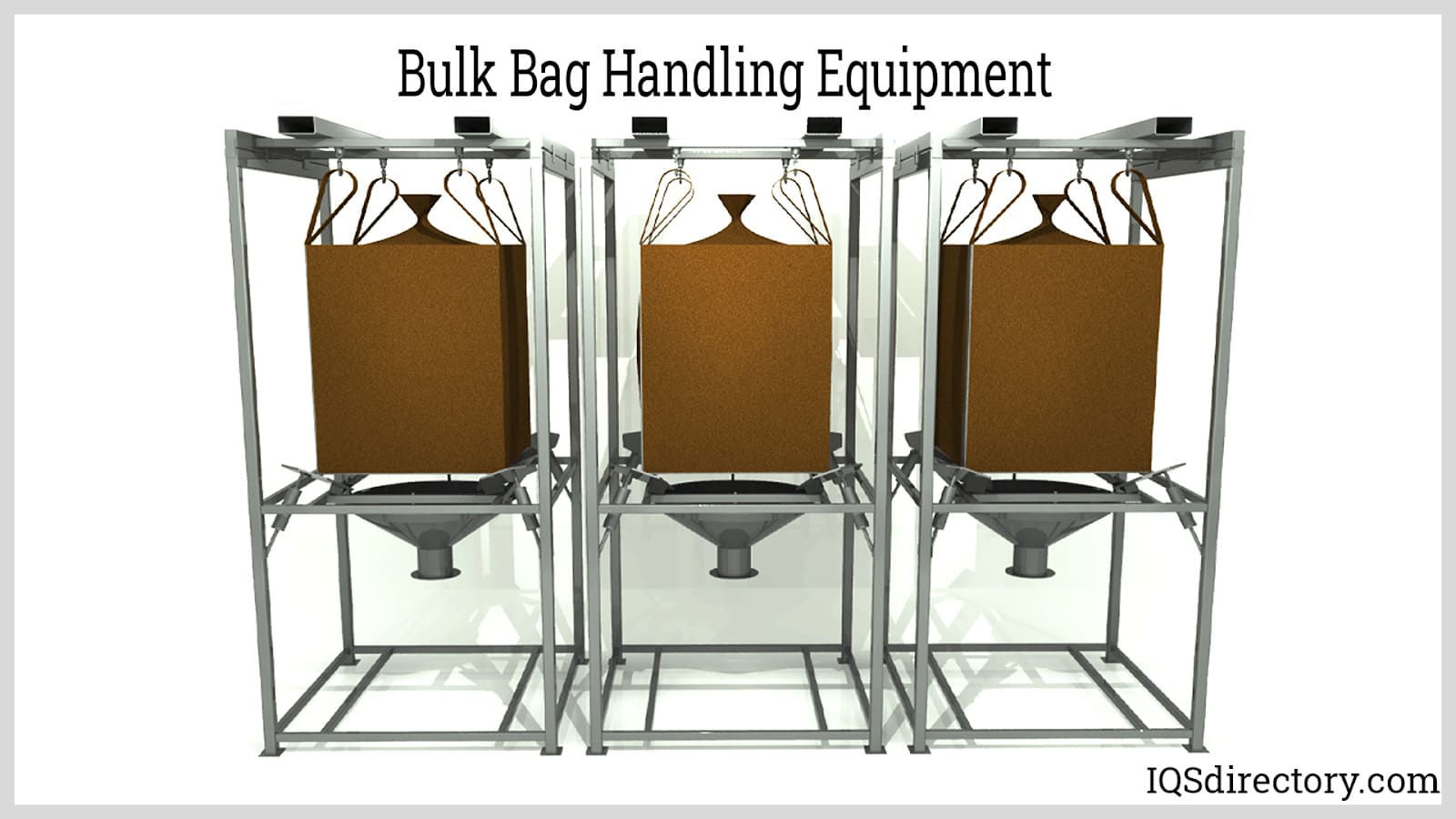
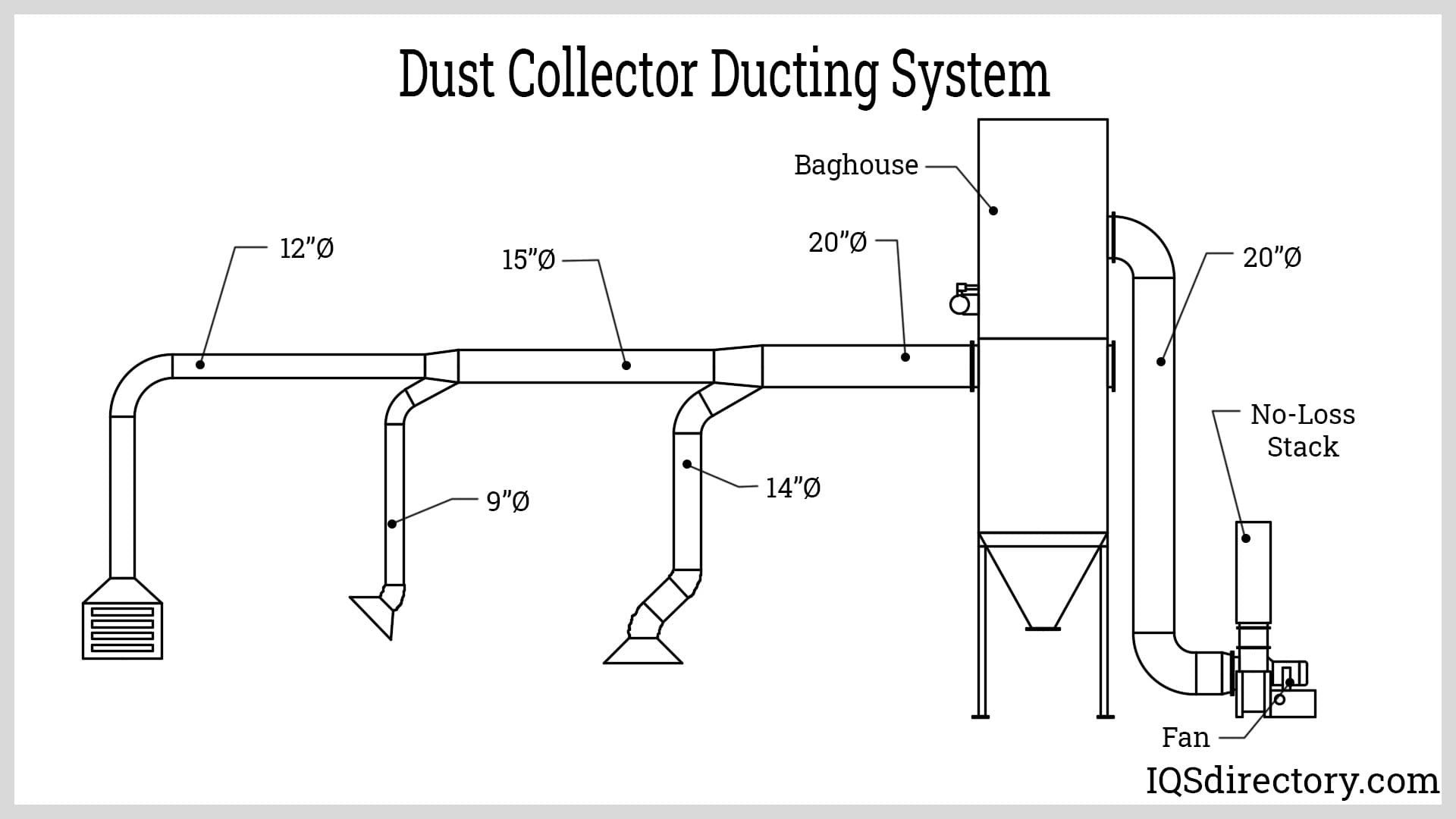
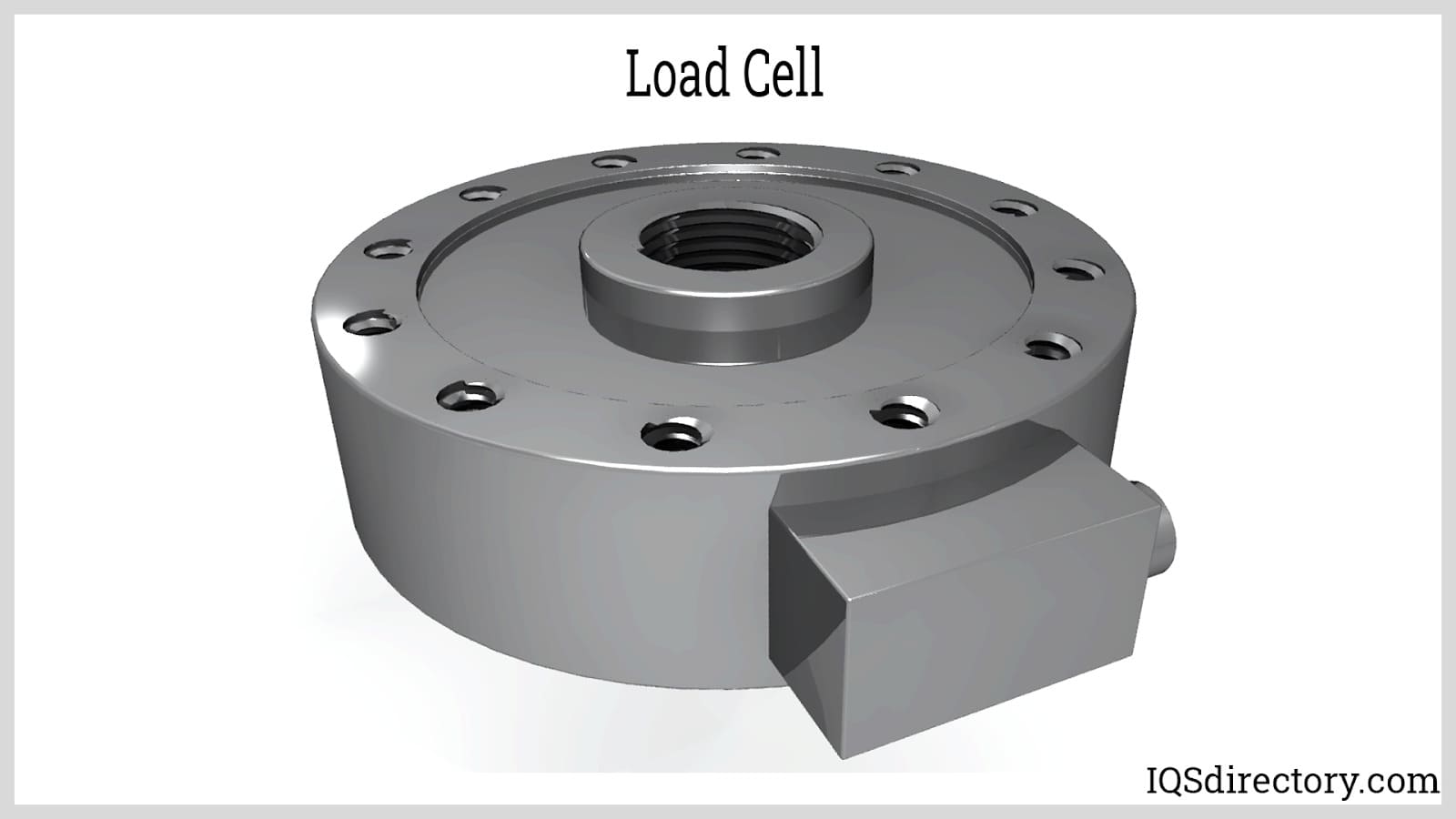
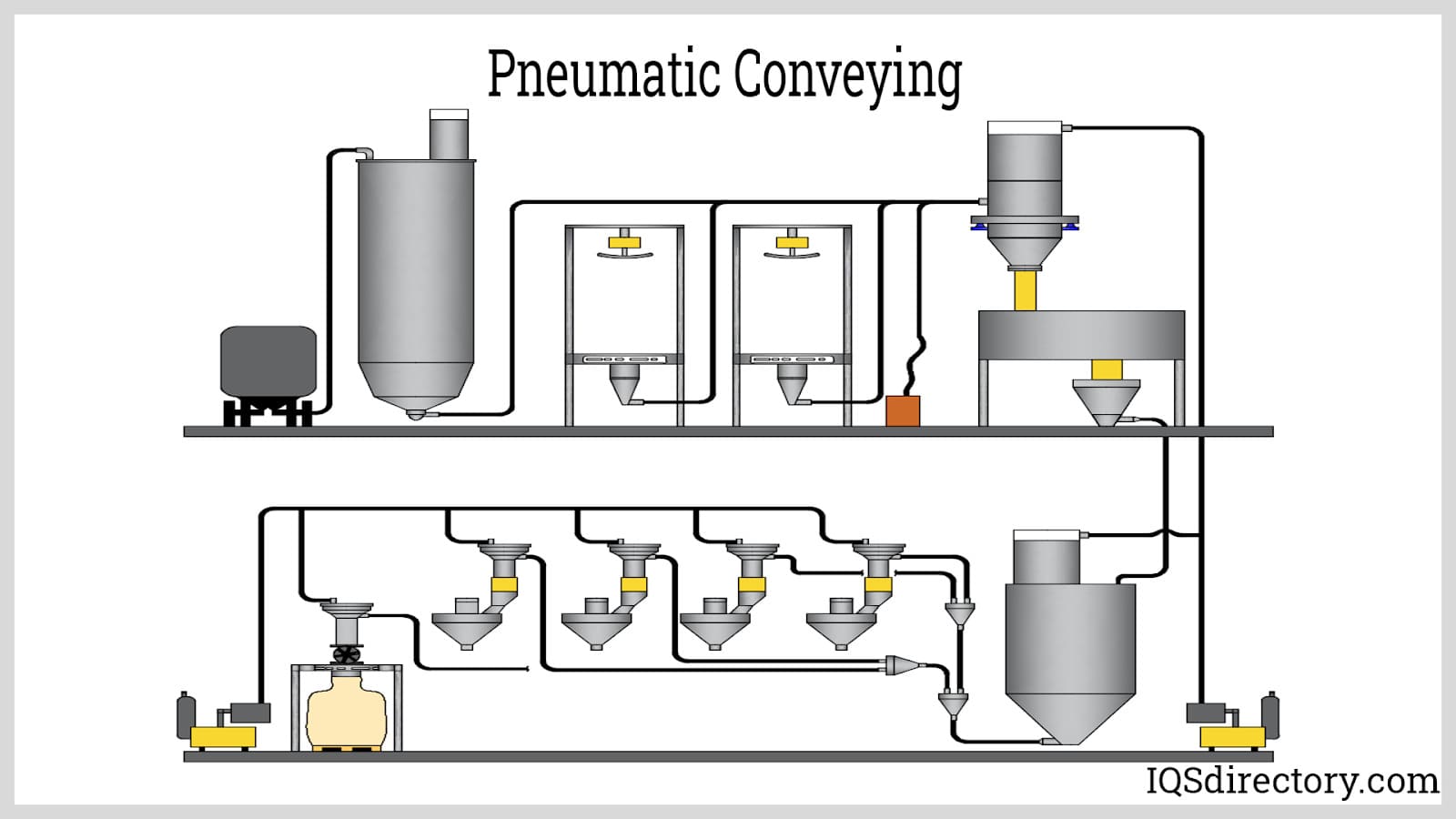
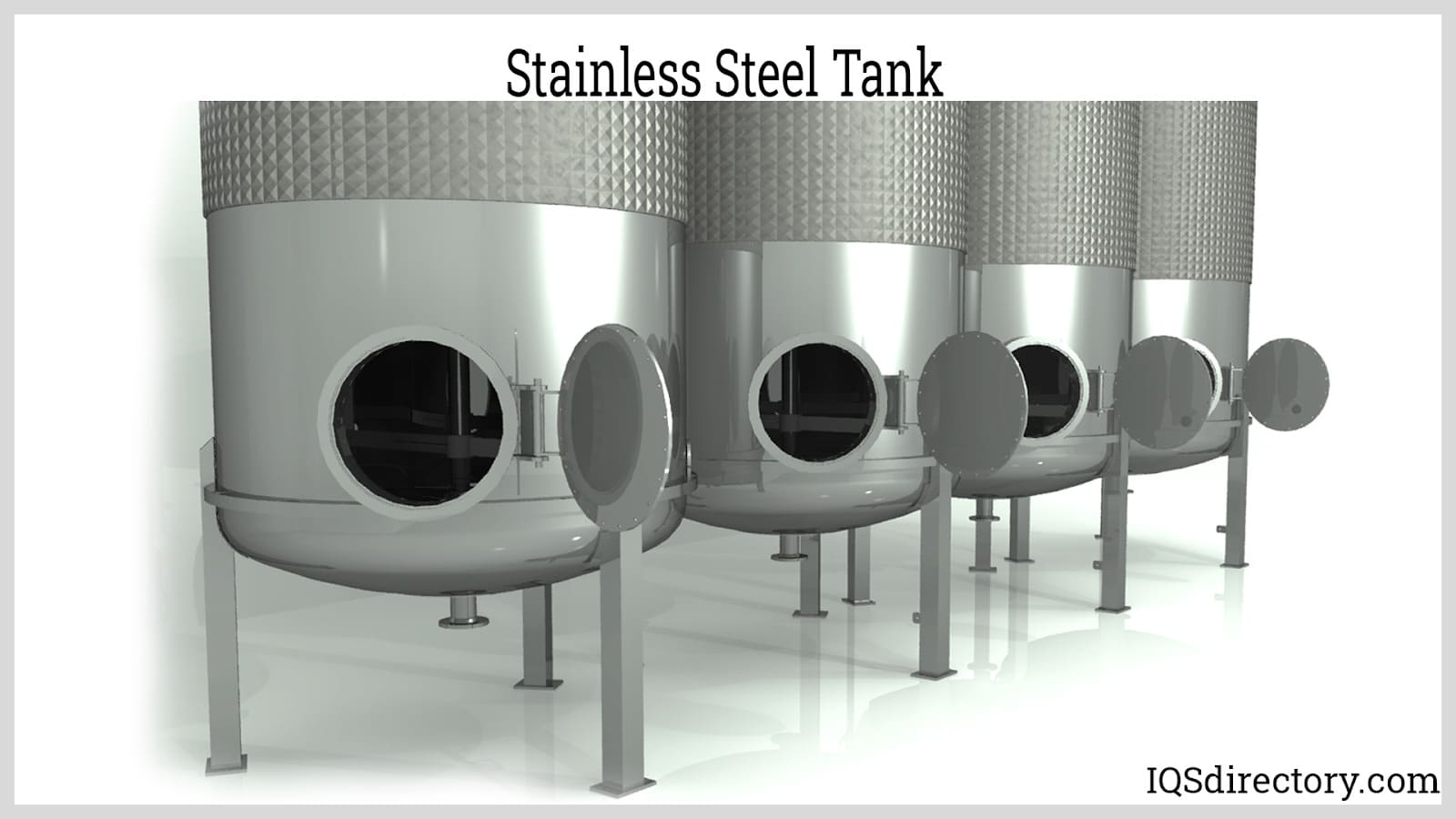
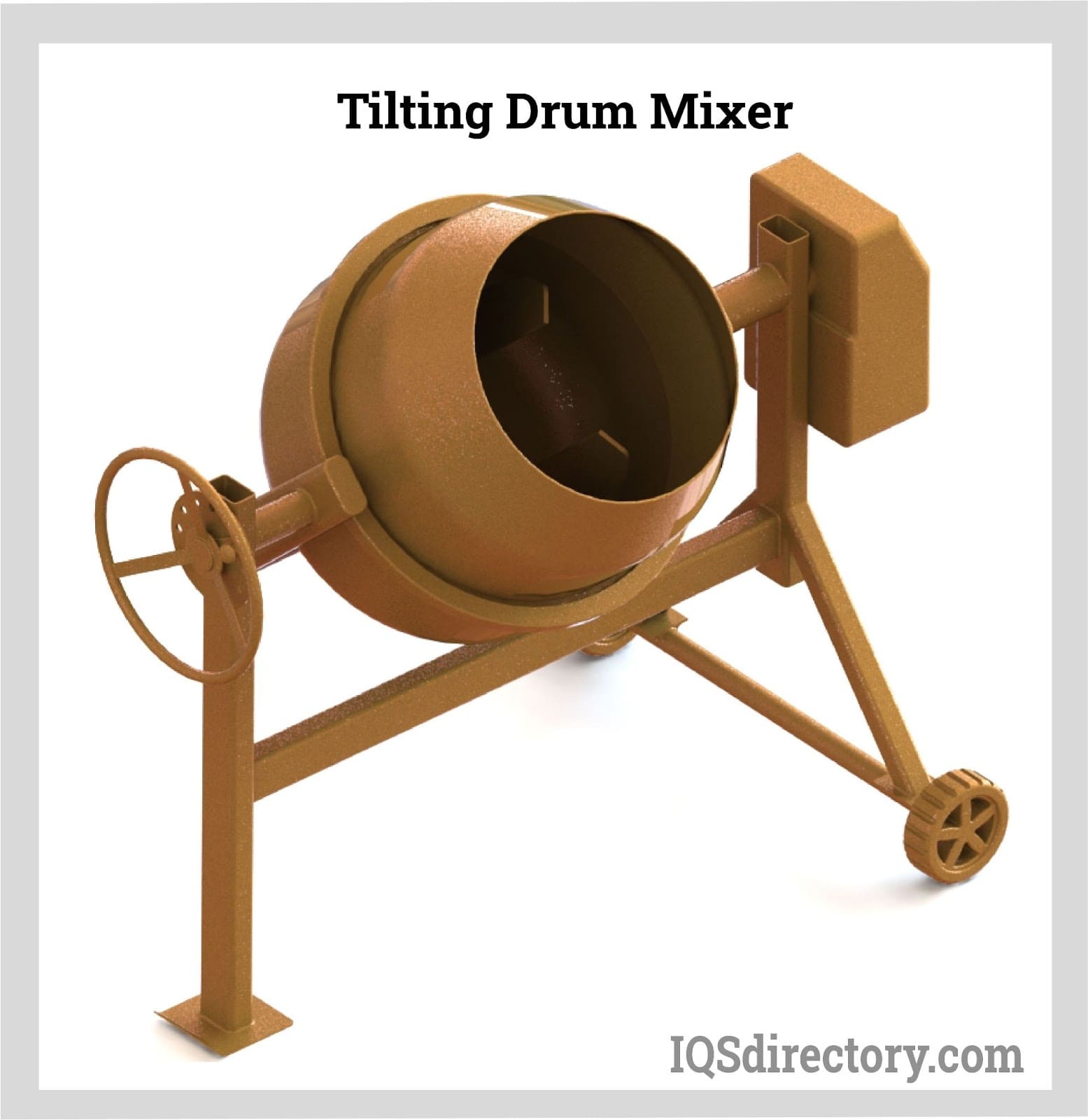
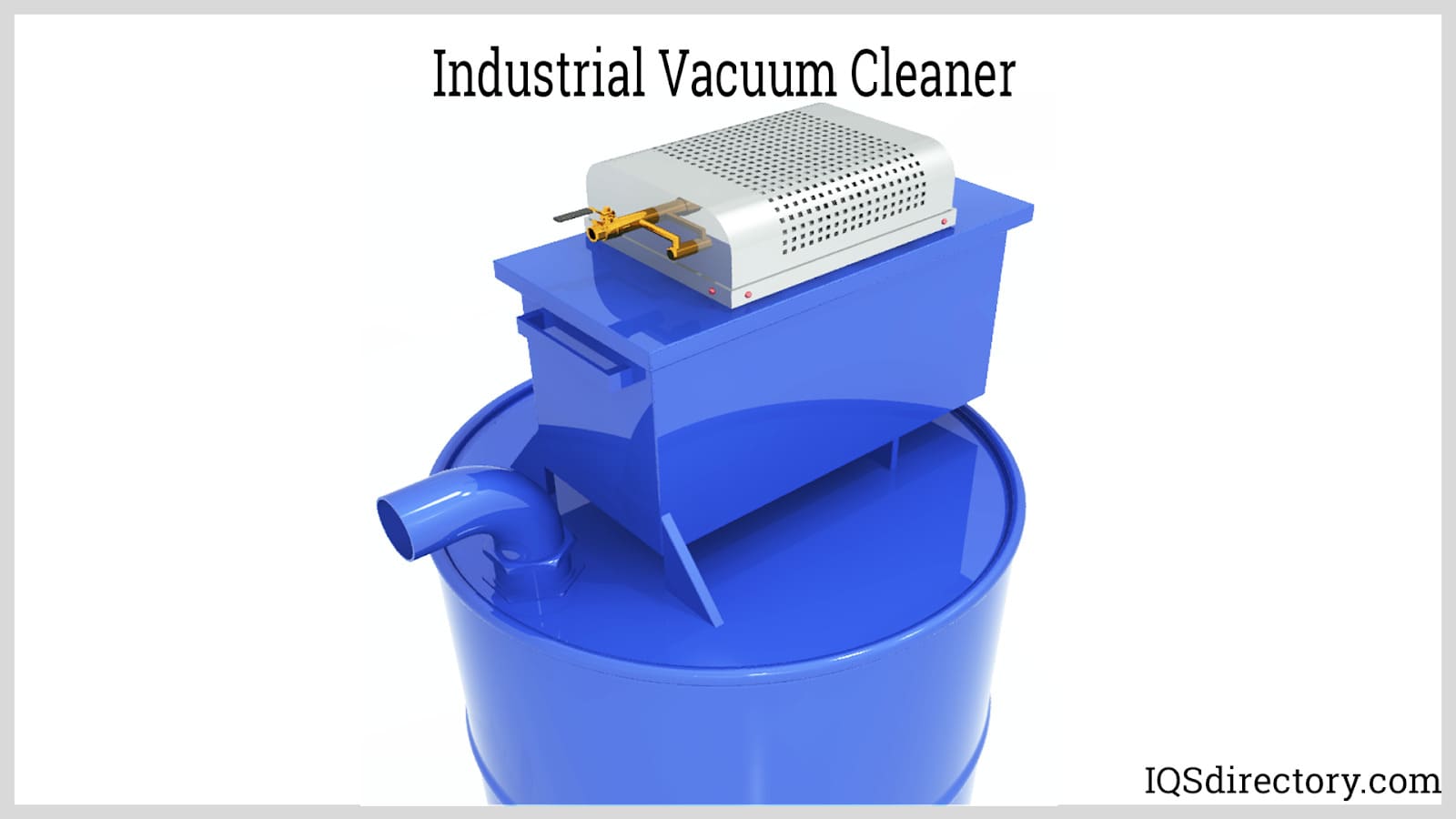

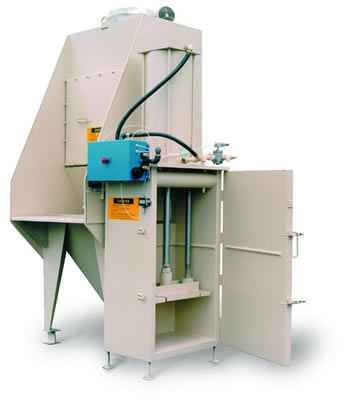 Bulk Bag Handling
Bulk Bag Handling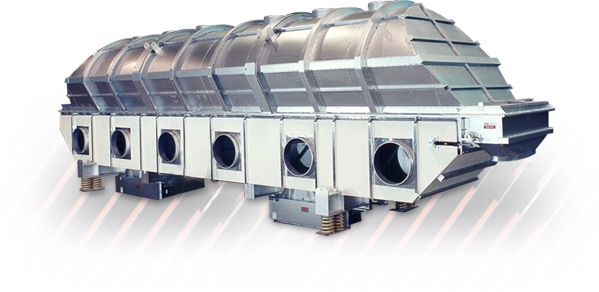 Industrial Dryers
Industrial Dryers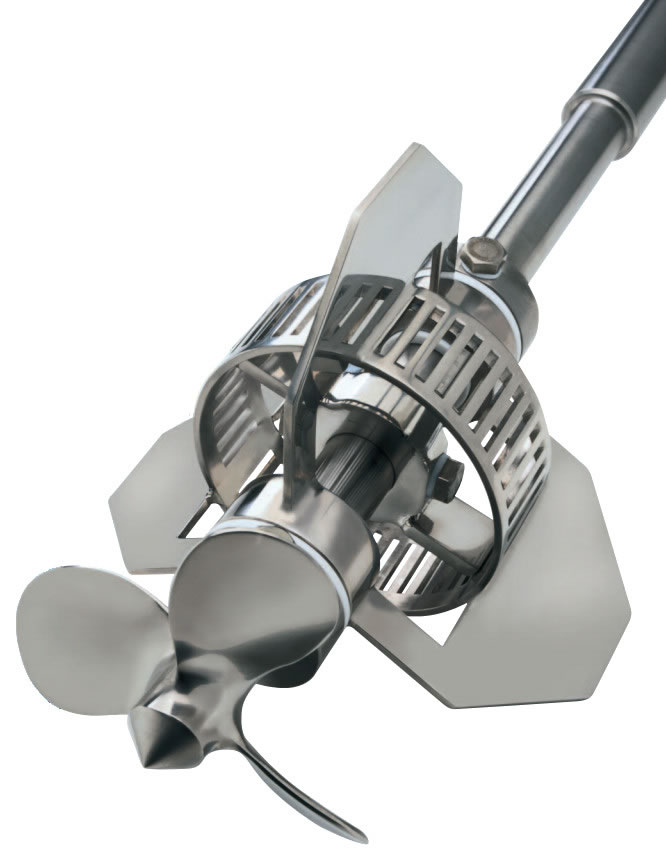 Industrial Mixers
Industrial Mixers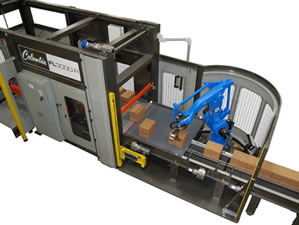 Palletizers
Palletizers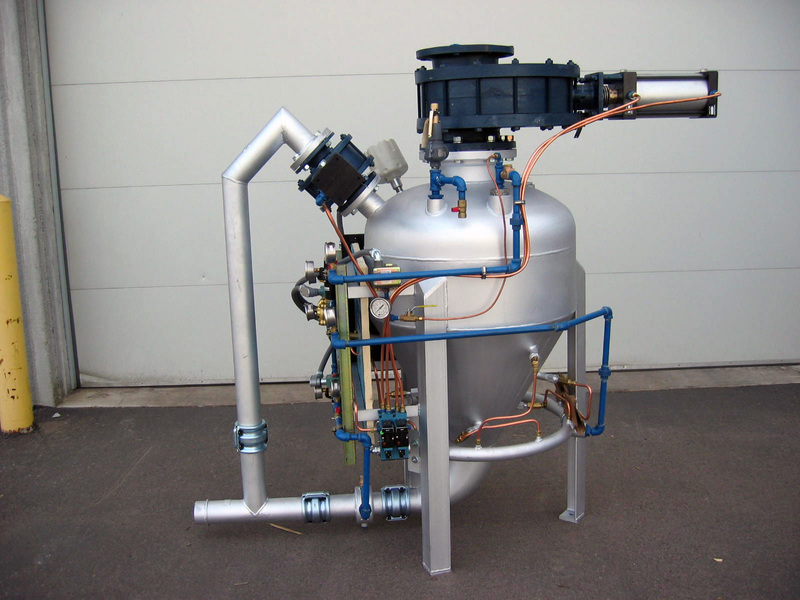 Pneumatic Conveyors
Pneumatic Conveyors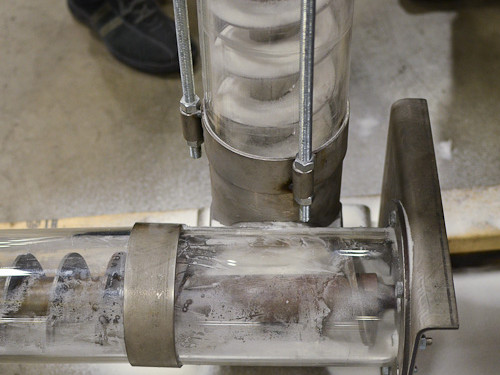 Screw Conveyors
Screw Conveyors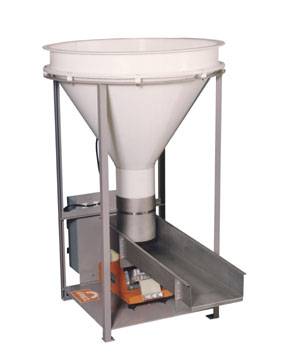 Vibratory Feeders
Vibratory Feeders Weighing Systems & Scales
Weighing Systems & Scales Castings & Forgings
Castings & Forgings Bulk Material Handling
Bulk Material Handling Electrical & Electronic Components
Electrical & Electronic Components Flow Instrumentation
Flow Instrumentation Hardware
Hardware Material Handling Equipment
Material Handling Equipment Metal Cutting Services
Metal Cutting Services Metal Forming Services
Metal Forming Services Metal Suppliers
Metal Suppliers Motion Control Products
Motion Control Products Plant & Facility Equipment
Plant & Facility Equipment Plant & Facility Supplies
Plant & Facility Supplies Plastic Molding Processes
Plastic Molding Processes Pumps & Valves
Pumps & Valves Recycling Equipment
Recycling Equipment Rubber Products & Services
Rubber Products & Services